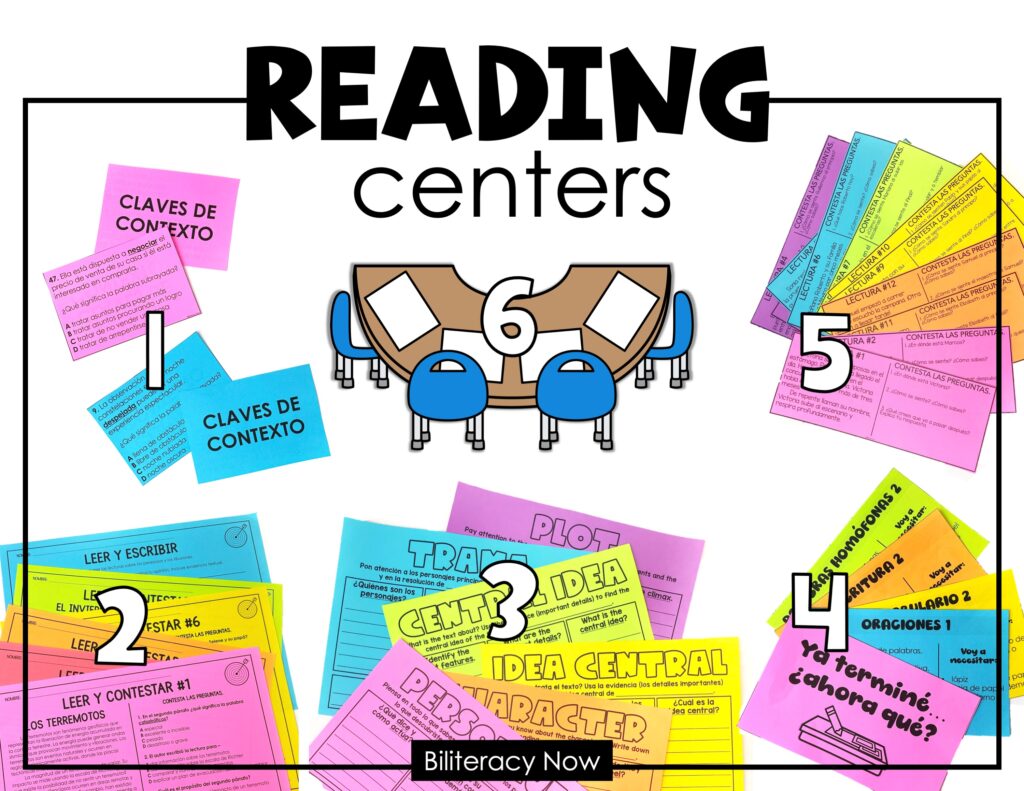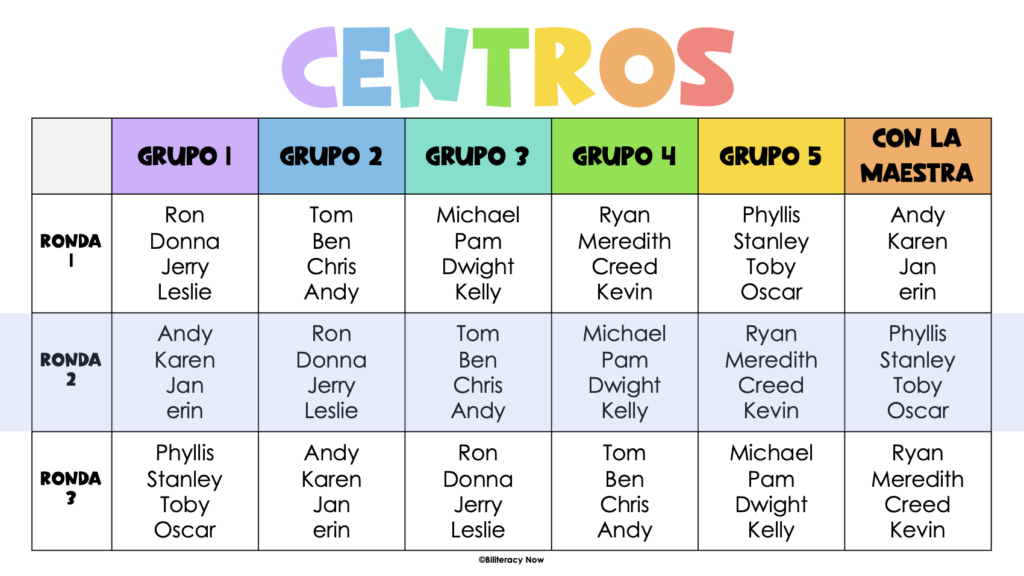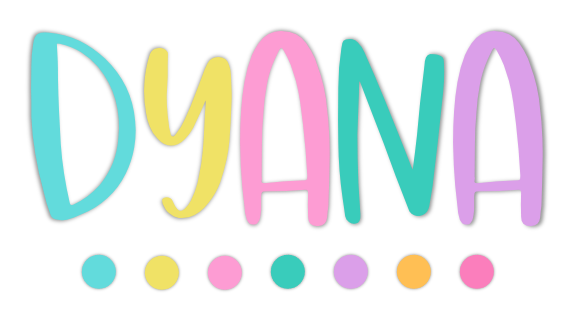Looking for a way to keep your students engaged while you’re working at your small group table? One way I organize my classroom is by creating centers or workstations.
The activities I choose for each center have similarities, but are different enough to not feel repetitive. Here’s an example of what my students work on when they’re in centers:
- Group 1: Context clues task cards
- Group 2: Reading selections/passages with questions that tackle various reading skills
- Group 3: Books/texts with graphic organizers to practice writing about reading
- Group 4: Catch up on reading – students work on incomplete assignments or extra credit work
- Group 5: Digital reading exit tickets that tackle various reading skills
- Group 6: Small group table

Each center has between four and five students, and I work with four or five students at the small group table. On a good day we do three rounds before our time is up. On a great day we do four rounds of centers and small groups.
Each center has enough print outs and supplies ready to go. One student is in charge of replacing anything that’s needed.
This PowerPoint slide is an example of what I have displayed on the board during centers. The blue transparent column means that’s what round we’re currently in. I have a large timer on my board – it holds everyone accountable to finish their work on time, or find a good stopping point.

One thing to keep in mind about centers is that it’s nothing something that comes together overnight. It takes weeks to get it right. Pay attention to your students and classroom environment. Observing will guide into making changes to improve your current setup.
Tips for setting up centers:
- Group your students based on data
- Ensure the work isn’t too challenging because your students will be working without your constant guidance
- Monitor your students periodically – walk the room every few minutes
- Model and practice transitioning to minimize distractions – don’t be afraid to use a timer
- Hold your students accountable by checking their work or progress
- Use that data to set up your future small groups and centers
Remember, it gets hard before it gets easier. Model, practice, repeat.
Have questions? Leave them below!
Happy teaching,
